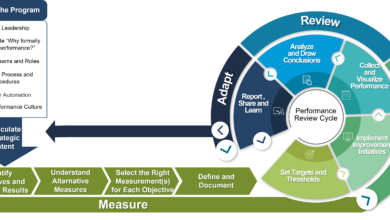The process of converting information into a secret code that conceals its real meaning is known as encryption. Cryptography is the study of information encryption and decryption. In the world of computers, ciphertext refers to encrypted data, and plaintext to unencrypted data. Encryption algorithms, often known as ciphers, are the mathematical formulae used to encode and decode communications.
A cipher’s algorithm must include a variable for it to work. The variable, known as a key, is what distinguishes the result of a cipher. Unauthorized parties who intercept encrypted messages must determine the cipher that the sender employed to encrypt the message and the keys that were used as variables. Encryption technology is an effective security measure since it takes time and is hard to guess.
Sensitive information has traditionally been safeguarded via encryption. Historically, the military and governments have employed it. Data saved on computers and other storage devices, as well as data being transmitted across networks, are all protected by encryption in the current day.
Uses for Encryption
Data in transit and data at rest are frequently protected via encryption. Encryption is used to safeguard the information being transmitted whenever someone uses an ATM or makes an online purchase using a smartphone. Businesses depend more and more on encryption to shield sensitive data and apps from reputational harm in the event of a data breach. The medical field is using it as a healthcare data-sharing solution.
Any encryption system has three main parts: the data, the encryption engine, and the key management. All three parts of laptop encryption are stored or executed from the same location: the laptop.
To lessen the possibility that the vulnerability of any one component may lead to the compromising of the entire system, the three components are often stored or operated separately in application designs.
What Advantages Does Encryption Offer?
Protecting the secrecy of digital data that is stored on computer systems or sent over the internet or any other computer network is the main goal of encryption.
The requirement to adhere to compliance rules frequently drives the use of encryption in addition to security concerns. Sensitive data should be encrypted, according to a variety of organizations and standards bodies, to stop unauthorized parties or threat actors from accessing it. As an illustration, the Credit Card Industry Data Security Standard (PCI DSS) mandates that businesses encrypt consumers’ payment card information when it is both kept at rest and sent over open networks.
In order to secure a wide range of information technology (IT) assets, encryption is crucial.
- The message’s contents are encoded for confidentiality
- Authentication establishes a message’s lineage
- Integrity demonstrates that a message’s contents have not been altered after it was transmitted
- Senders cannot claim they did not send the encrypted communication thanks to nonrepudiation
What Drawbacks Does Encryption Have?
While encryption is intended to prevent unauthorized parties from understanding the data they have obtained, in some circumstances, encryption can also prevent the data’s owner from having access to the data.
Since the keys needed to decrypt the encrypted data must be present someplace in the environment, key management is one of the most difficult aspects of developing an enterprise encryption strategy since attackers frequently know where to look.
There are several recommended practices for managing encryption keys. It’s just that key management makes the backup and restore procedure more difficult overall.
The time it takes to retrieve the keys and add them to a fresh backup server in the event of a big disaster might lengthen the time it takes to begin the recovery process.
It is not sufficient to have a key management system in place. Administrators must devise a thorough strategy for safeguarding the key management system and can be assisted by healthcare data sharing solutions. This usually entails keeping it up separately from other data and storing backups in a way that makes it simple to access the keys in the case of a major cataestrophe.




